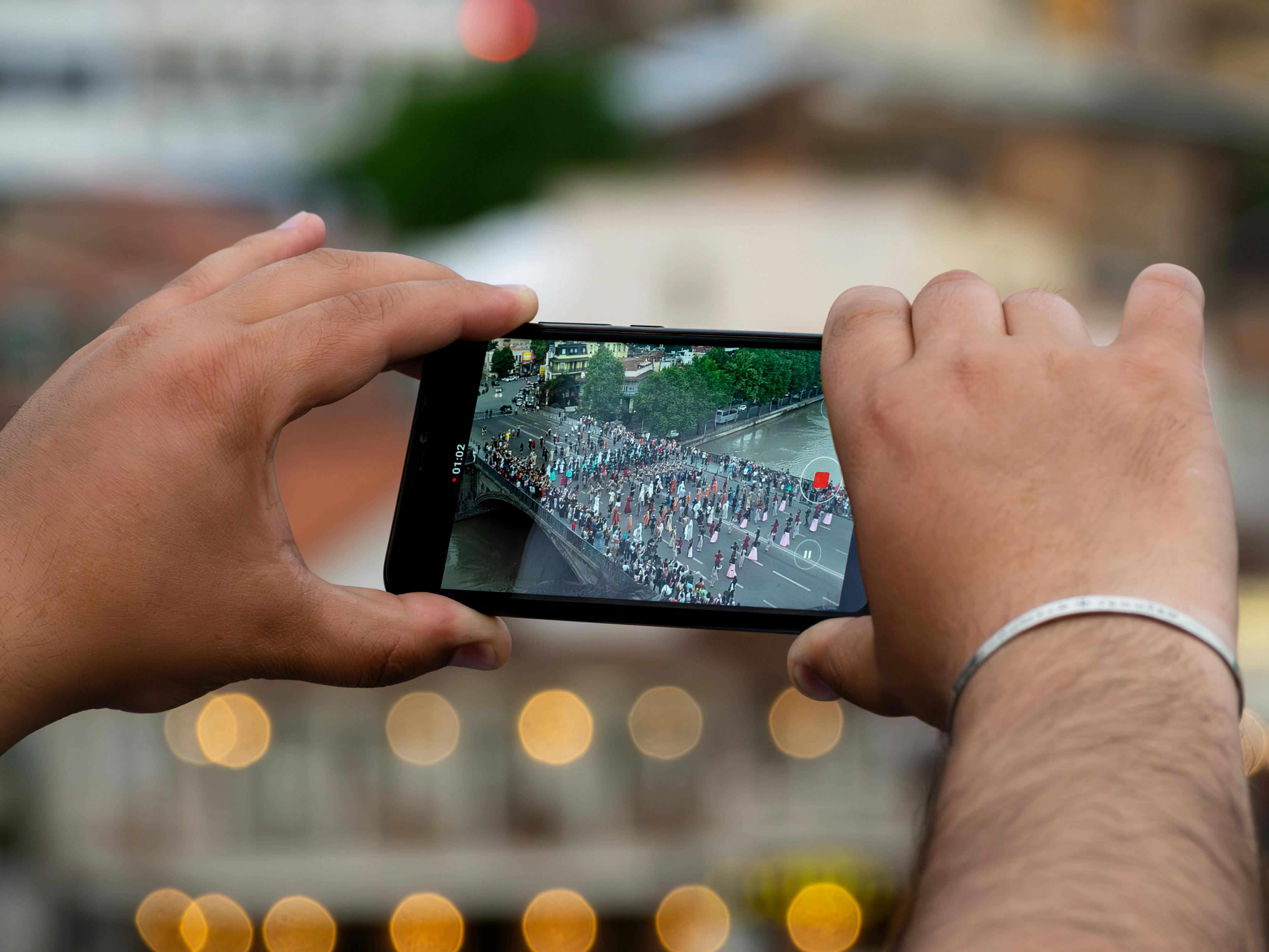Next-Generation Motion Synthesis with Multimodal Control and the TMD Dataset

Top post
Next-Generation Motion Generation: Multimodal Control and the TMD Dataset
The generation of motion, particularly human motion, is an intensively researched field in computer vision. Applications range from animation in films and games to robotics and the development of virtual assistants. Despite considerable progress, two central challenges continue to pose problems for research: the prioritization of dynamic movements and body parts based on given conditions, and the effective integration of different modalities for motion control.
A promising approach to motion generation is so-called masked autoregressive methods. These have recently outperformed diffusion-based methods. However, existing masking models lack a mechanism to prioritize dynamic frames and body parts based on given conditions. Furthermore, existing methods often fail to effectively integrate multiple modalities such as text and music, which limits the control and coherence of the generated motion.
To address these challenges, "Motion Anything," a multimodal framework for motion generation, has been developed. At the heart of this framework is an attention-based mask modeling approach, which allows for fine-grained spatial and temporal control over keyframes and actions. By adaptively encoding multimodal conditions, such as text and music, Motion Anything improves the controllability of the generated movements.
Another important contribution of Motion Anything is the introduction of the Text-Music-Dance (TMD) dataset. This new dataset consists of 2,153 pairs of text, music, and dance, making it twice as large as the previous standard dataset, AIST++. TMD fills a critical gap in the research community and provides extensive training material for multimodal motion models. The development of such datasets is crucial for progress in motion generation, as they form the basis for training and evaluating new models.
Comprehensive experiments show that Motion Anything outperforms existing methods in various benchmarks. For example, a 15% improvement in the FID (Fréchet Inception Distance) score was achieved on HumanML3D. Motion Anything also shows consistent performance improvements on AIST++ and the new TMD dataset. These results underscore the potential of the attention-based mask modeling approach and the importance of multimodal datasets for the future development of motion generation.
The development of Motion Anything and the TMD dataset represents a significant step towards comprehensive and flexible motion generation. The improved control and coherence of the generated motions opens up new possibilities for applications in various fields. For Mindverse, as a provider of AI-powered content solutions, these advancements are particularly relevant, as they have the potential to revolutionize the creation of realistic and expressive animations.
The combination of advanced algorithms and extensive datasets like TMD will drive the development of AI systems capable of understanding and generating complex human movements. This opens new avenues for creative applications and innovative solutions in areas such as entertainment, education, and human-computer interaction.
Bibliography: Zhang, Z., Wang, Y., Mao, W., Li, D., Zhao, R., Wu, B., Song, Z., Zhuang, B., Reid, I., & Hartley, R. (2025). Motion Anything: Any to Motion Generation. *arXiv preprint arXiv:2503.06955*. Liang, J., Zhang, H., Chen, W., & Liu, Z. (2024). OMG: Towards Open-vocabulary Motion Generation via Mixture of Controllers. *Proceedings of the IEEE/CVF Conference on Computer Vision and Pattern Recognition*, 15947–15957. Xu, H., Pavllo, D., Feichtenhofer, C., & Rehg, J. M. (2024). Motion-Prompting: Teaching Large Language Models to Generate Human Motion. *arXiv preprint arXiv:2412.02700*. Pan, J., Wang, Y., Lai, Y. K., & Yang, J. (2024). Compositional Human-Scene Interaction Synthesis with Diffusion Models. *Proceedings of the European Conference on Computer Vision*. Kim, D., Kim, J., & Oh, T. H. (2024). DiffMotion: Multi-Modal Diffusion Model for Motion Synthesis. *Proceedings of the ACM International Conference on Multimedia*..png)


